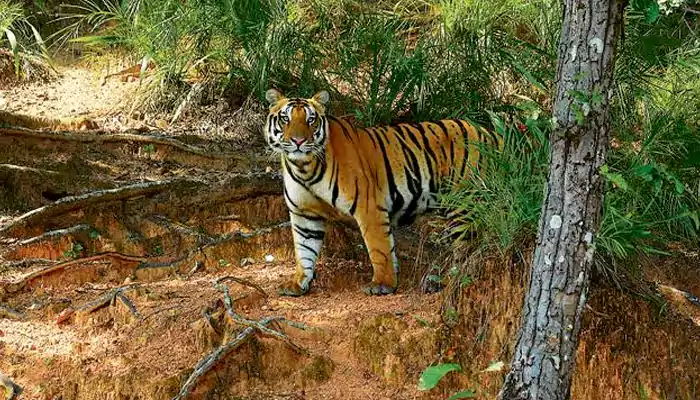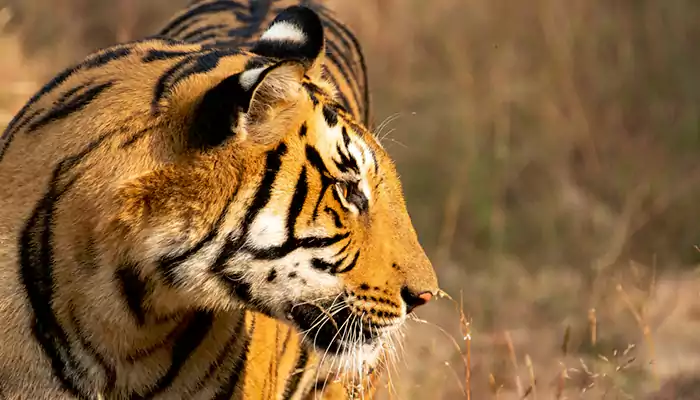International Tiger Day: Indian National Parks Where You Might Spot a Tiger
- Nomeeta
- 5 months ago
- 3 minutes read

“Tyger Tyger burning bright,
In the forests of the night” - William Blake
Majestic and fearless, tigers once roamed freely, embodying the spirit of the wild. Today, however, their survival is threatened by poaching and other illegal practices. International Tiger Day, observed on July 29, was established in 2010 when 13 tiger-range countries pledged to the Tx2 initiative, a global commitment to double the wild tiger population. This day serves to raise awareness about the urgent need for tiger conservation and the protection of their natural habitats. On this occasion, let’s explore some of India’s National Parks where you might just catch a glimpse of a tiger.
Jim Corbett National Park
Situated in the Nainital district of Uttarakhand, Jim Corbett National Park is India’s oldest national park and the pioneer site of the Project Tiger initiative. Famous for its thriving population of Bengal tigers, the park offers remarkable chances to witness these magnificent animals in their natural habitat, along with other wildlife like elephants, leopards, and deer.

Ranthambore National Park
Situated in Sawai Madhopur, Rajasthan, Ranthambore is among the largest national parks in India and is renowned for its thriving tiger population. Flanked by the Banas River to the north and the Chambal River to the south, the park’s varied landscape—especially around its lakes and streams—offers prime opportunities for tiger sightings. Despite its popularity and the high footfall, catching a glimpse of a tiger makes it clear why so many travel on a safari to this iconic destination.
Kanha National Park
Kanha National Park, the largest national park in Madhya Pradesh, is one of India’s prominent tiger reserves. It holds the unique distinction of being the first to introduce an official mascot, Bhoorsingh the Barasingha. Home to the majestic Bengal tiger, the park is celebrated for its expansive meadows and dense Sal forests. Interestingly, Kanha also served as the inspiration for Rudyard Kipling’s timeless classic, ‘The Jungle Book’.

Bandhavgarh National Park
Bandhavgarh National Park, nestled in Madhya Pradesh, may be smaller in size but is rich in wildlife and scenic beauty, making it an excellent destination for a tiger safari in India. At the heart of the park lies the ancient Bandhavgarh Fort, perched on an 800-metre-high plateau, offering a striking view of the surrounding rocky hills, dense Sal forests, and lush monsoon vegetation. The park is home to a diverse range of flora and fauna, including tigers, leopards, chital, sambar deer, langur monkeys, jackals, and a variety of bird species.

(Credit: Kaziranga National Park)
Pilibhit Tiger Reserve
Located in the Pilibhit district of Uttar Pradesh, Pilibhit Tiger Reserve stands out as one of India’s prominent tiger habitats. It shelters a healthy population of Bengal tigers along with other wildlife like leopards, sloth bears, and various deer species. The reserve’s rich mosaic of dense forests, grasslands, and marshes provides a perfect setting for tigers to thrive and supports an impressive array of biodiversity.












